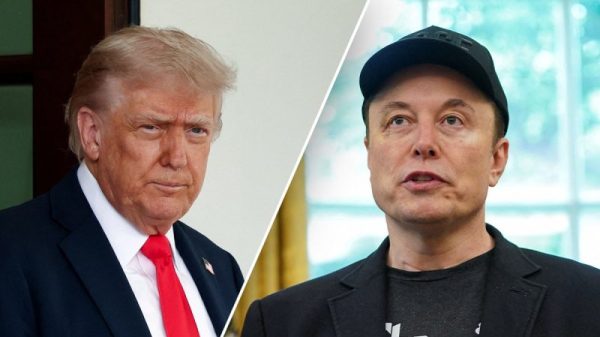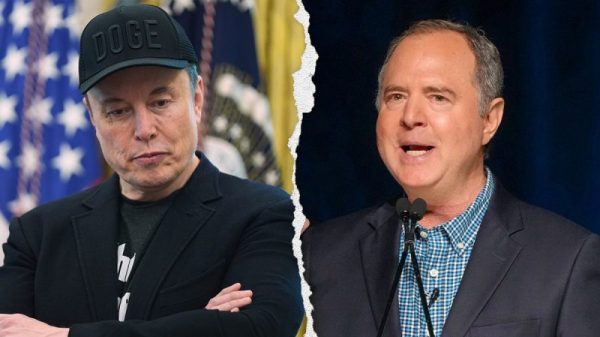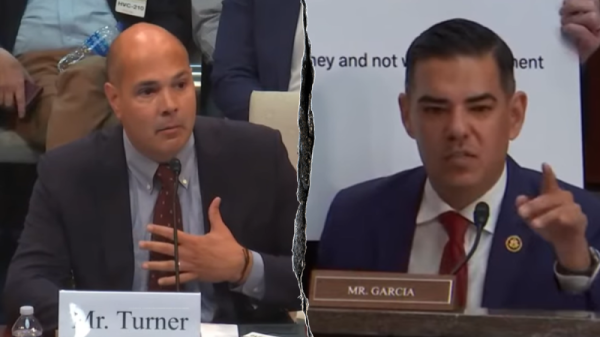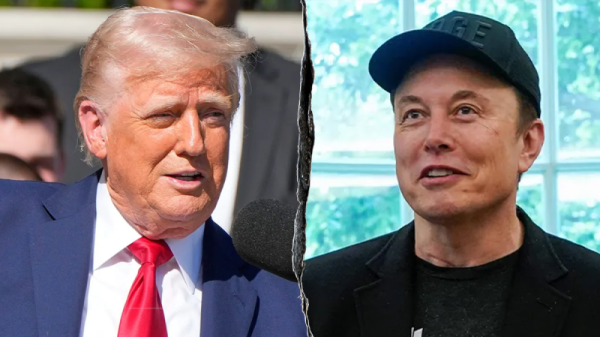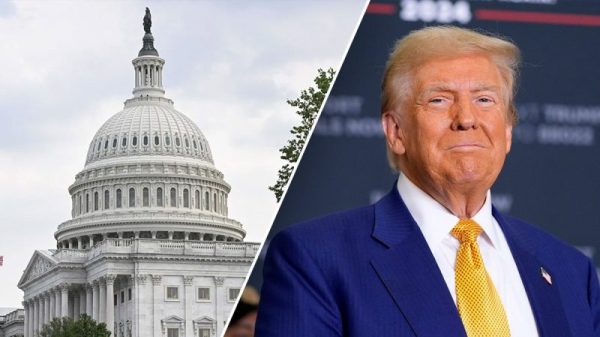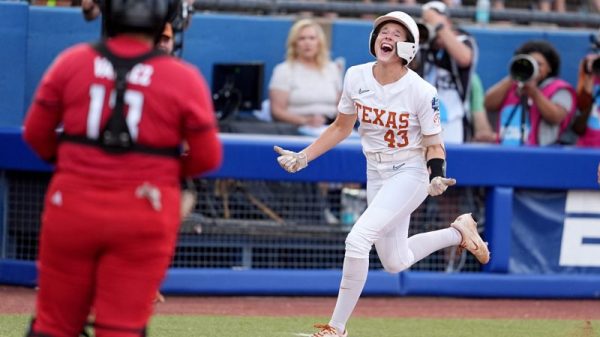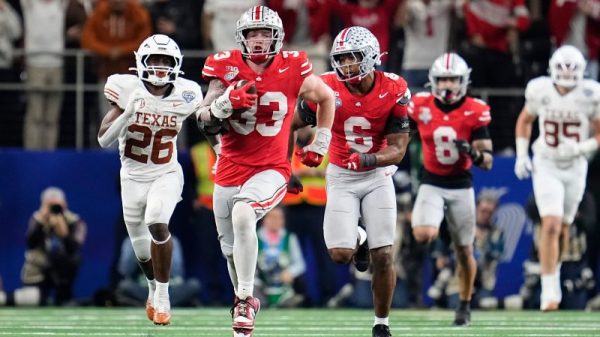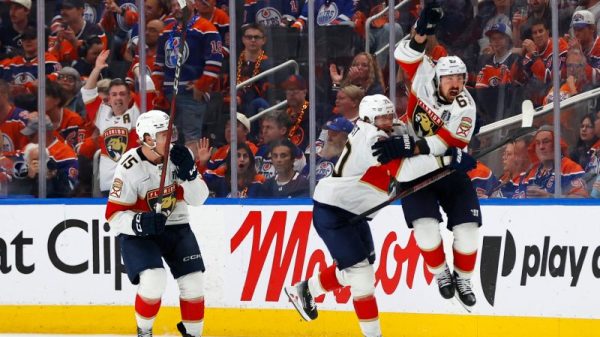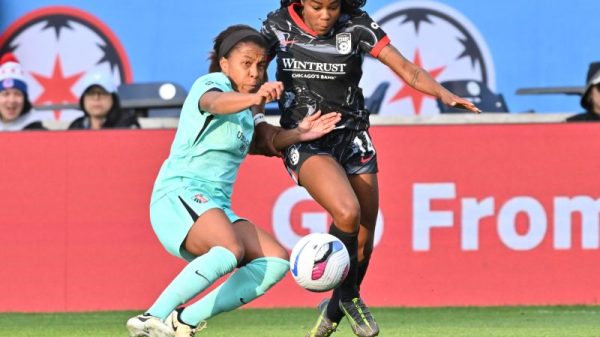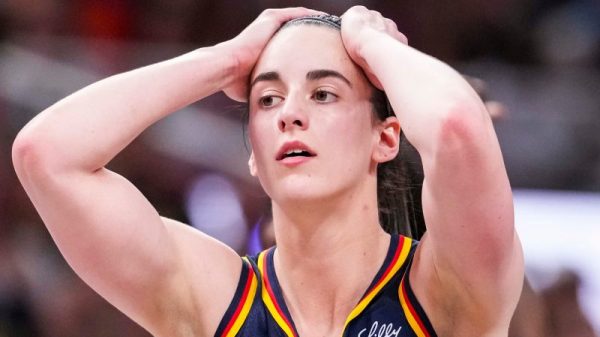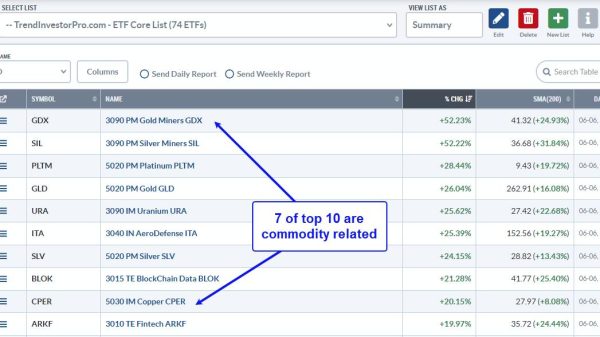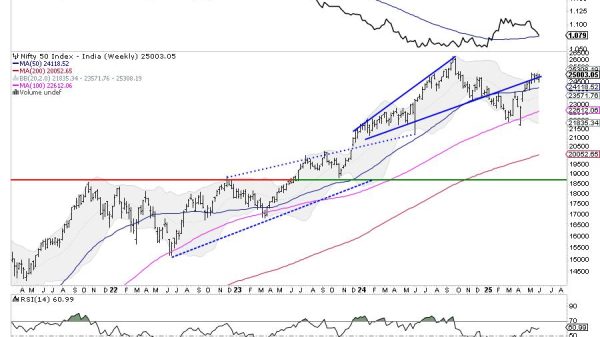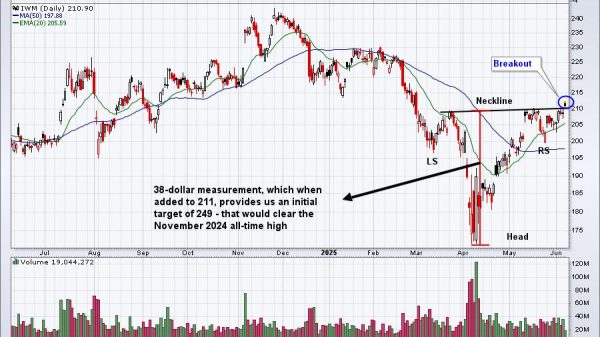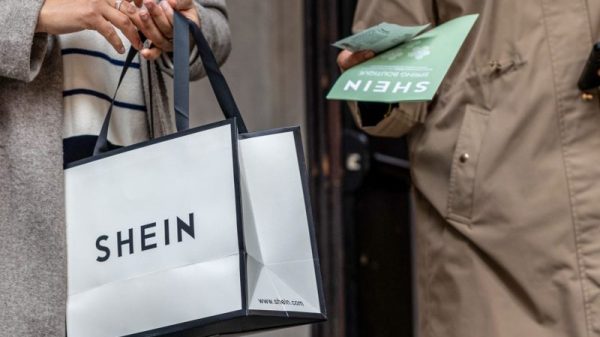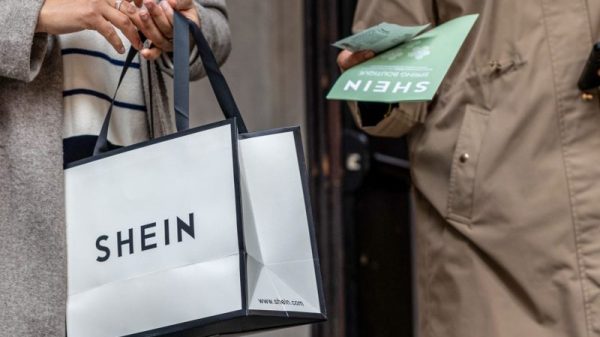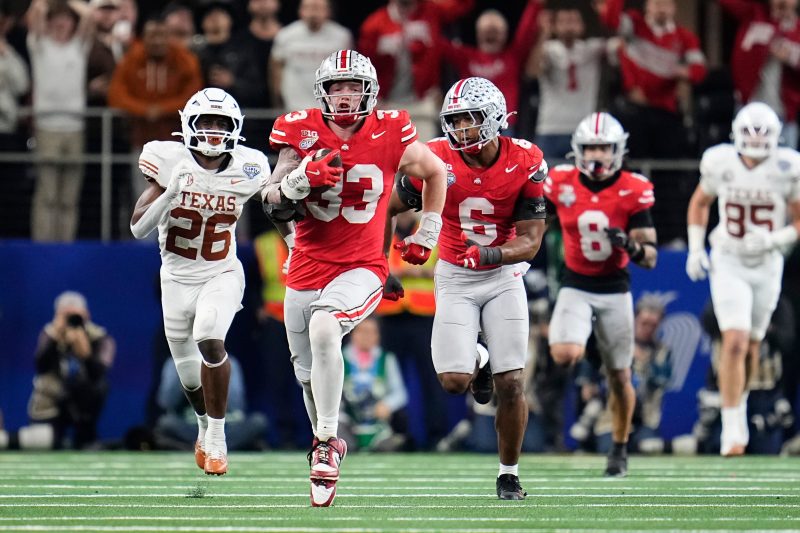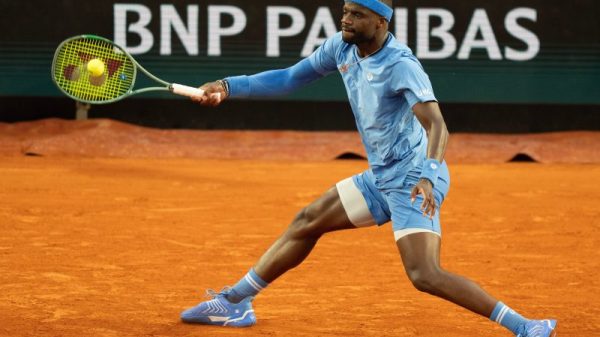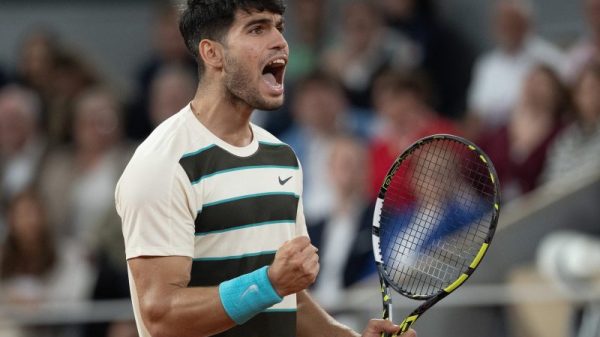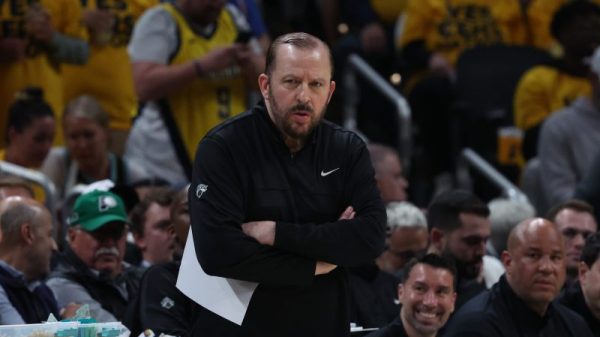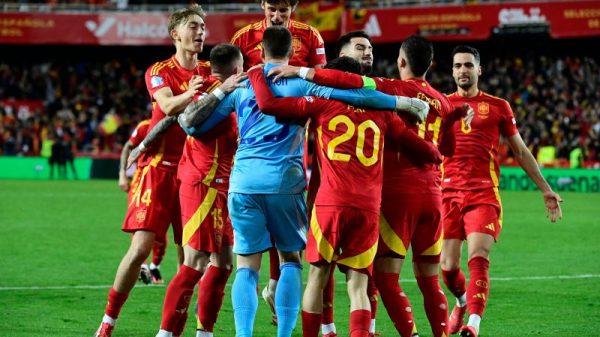Don’t think about the House vs. NCAA settlement as an instant cure for all of the issues disrupting, and in some cases swallowing, schools at the top level of college sports.
Instead, it’s more like the timeout a basketball coach is forced to take after watching his team give up six consecutive layups so he can draw up a zone defense and try to stop the bleeding. A change of strategy might work, but without a full commitment from the players in the game to execute the plan, it’s over before it begins.
In theory, the settlement is a big step in the right direction to solving issues.
It forces the wealthy, power-conference programs to directly share revenue with the athletes who help create the popularity of college football and basketball primarily, but other sports too, if the school so chooses. It sets a de facto salary cap that forces schools to prioritize not just which sports to invest in, but which athletes. It allows schools to sign enforceable, multi-year contracts that should ease at least some of the transfer madness. And it has an enforcement component that should — if it works the way it’s intended — bring name, image and likeness deals back into the realm of Caitlin Clark appearing in State Farm commercials rather than school-affiliated booster groups paying hundreds of thousands of dollars for a couple of meet-and-greets and calling it NIL.
But there’s no guarantee any of this is going to work. And the main reason is because success will require schools to do something that they’ve never done in the history of college sports: Acknowledge that the rules are in place for the common good and must be applied to everyone, including themselves.
It sounds simple. But the decades-long track record of screaming and threatening whenever the NCAA attempted to enforce penalties on rule-breakers suggests it’s going to be one of the biggest challenges in the history of the association. As one prominent athletics director said recently, speaking on the condition of anonymity because the settlement was still pending, all of the stakeholders in this — including state legislatures and booster groups constantly looking for loopholes and gray areas — must agree to be governed, or they simply won’t be.
In fact, the need for complete buy-in on policing of NIL deals and the revenue-sharing cap is so profound that the new enforcement entity being established by the Power Four conferences spent months drafting a document schools will be required to sign that prevents them from suing if they don’t like the result of their internal arbitration process. Having that final authority vested in a third party is considered crucial by the Power Four to any semblance of self-governance, a person with direct knowledge of the process told USA TODAY Sports on the condition of anonymity because they were not authorized to speak on behalf of the group.
But will it work? I’m skeptical, as everyone should be.
The reason is because pulling this off will require a complete mindset change from the way college sports have always operated, and I’m not sure the necessary foundational work has been done to make that transition.
In the NFL or NBA, for instance, team owners are highly competitive but fundamentally understand that they are business partners more than competitors, driving long-term decision-making that works to everyone’s benefit.
College sports has never had that mentality. Schools and conferences attempt to work together when necessary, but they ultimately see each other as adversaries to take advantage of and exert leverage on when it suits their immediate interests. It’s a theme we’ve seen over and over again in everything from conference realignment to how they reacted to COVID in 2020 to the future structure of the College Football Playoff. They are forever probing for the smallest competitive advantage, pushing the limits of the rules and crying foul when the NCAA comes in to investigate.
That’s how athletics administrators and college presidents are conditioned to operate, especially in the social media era where their feedback loop is imbued with tribalism: When your rival gets caught, they should be prosecuted to the fullest extent. When you get caught? Lawyer up, plant stories in the media and do everything possible to discredit the group holding you accountable.
Look, we can debate the history and effectiveness of NCAA enforcement – investigative tactics used, places where they’ve overreached, rulings that seemed inconsistent – but the process was set up and endorsed by the schools themselves because they did not trust each other to color within the lines. And its fundamental underpinning was the willingness of schools to submit to that system and even punish themselves when it was clear they broke rules.
What happened over time, though, was an erosion and ultimately outright rejection of that body’s authority to enforce its rulebook. Yes, some of that was the NCAA’s fault, but let’s get real.
It happened mostly because coaches and administrators facing penalties too often got better outcomes when they fought, refused to cooperate or found someone to throw under the bus because they knew the weakness of the system: It wasn’t a court of law, and its processes wouldn’t necessarily stand up to that level of scrutiny.
Fair enough.
But every time a major school with resources skates on a massive scandal (cough, North Carolina, cough), or when a state-level attorney general does a school’s dirty work to make sure NIL rules can’t be enforced (cough, Tennessee, cough), or when an unfavorable transfer eligibility ruling ends up in court (cough, West Virginia, cough) because schools believe they’re getting a raw deal from the bureaucracy they vested power in, it chips away at the very idea that schools are willing to be governed, until we arrive at a place where there’s not much governance remaining.
Do school presidents and athletic administrators have the collective will and discipline to suddenly do a 180-degree turn and submit to this new set of rules rather than look for creative ways to avoid them? Will they suddenly put faith into a different kind of bureaucracy that will undoubtedly, at some point, shoot down a key NIL deal or penalize a school for trying to get around the cap?
That might be possible if, just as an example, Florida trusted Georgia or Ohio State trusted Michigan to play by the same set of rules, or vice versa. But what almost always happens instead in those kinds of rivalries is that one side believes the other will do something on the edge of the rules to get a player, thus giving themselves permission to go into the gray area as well.
And when that happens under this new settlement, every administrator will tell you they want the enforcement arm to strictly apply the rules so that college sports doesn’t slide back into the kind of chaos they have experienced the last four years.
But will they still feel that way when it’s applied to their own program? When it costs them a player? When it costs them wins? When it potentially costs them a job?
If not, the House settlement will fall apart quickly – and take the entire structure of college sports down with it.

